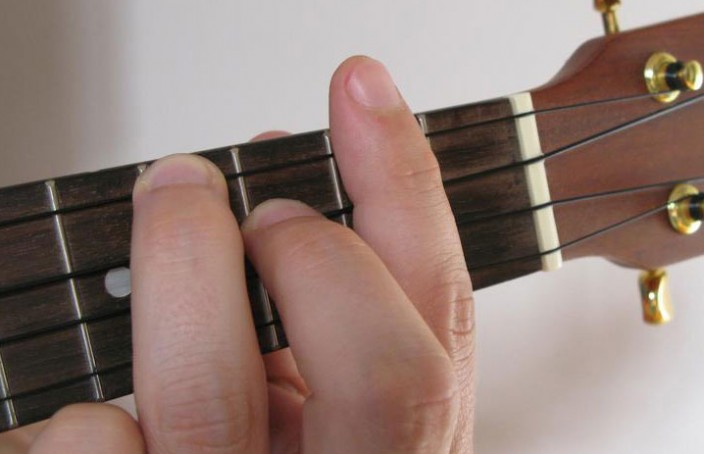The Barre Chords
Barre chords, or Bar chords, are usually a nightmare for guitar players, nigh impossible on the mandolin, but lucky for us, much more manageable on the ukulele. A barre chord is made by pressing down on one or more strings across the ukulele fret, often completely across, but occasionally only partially (known as a partial barre). To put it simply place your finger on the bottom string 3rd fret to make the well known C chord. Now place your index finger completely across all the strings on the second fret and your pinky finger on the bottom string 5th fret. You have basically taken the C chord shape up two frets to make it a D chord. That’s really the simplicity of barre chords, once you have the shape of a chord you can move it to make another chord (also known as moveable chords). Your index finger acts as[…]
Read More



Awesome. Thank you!